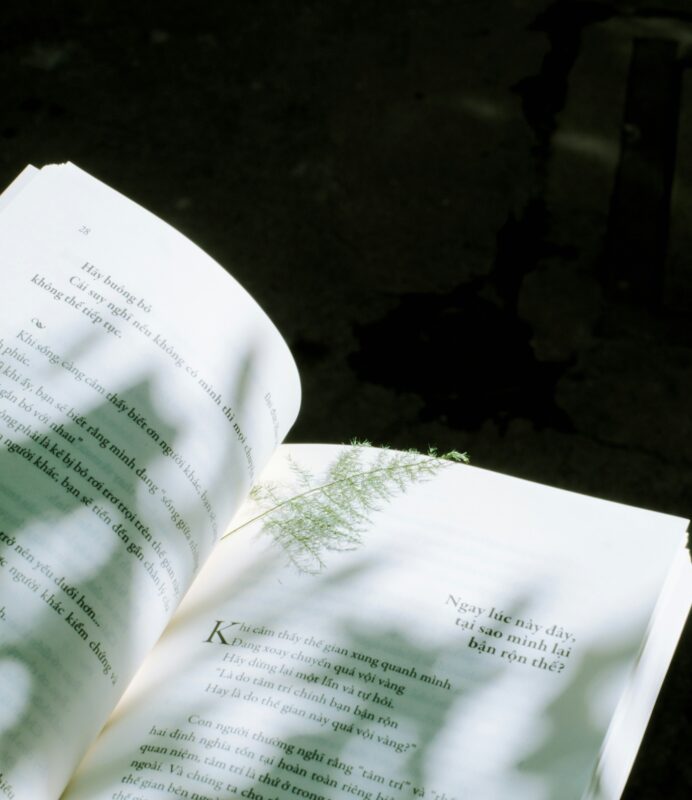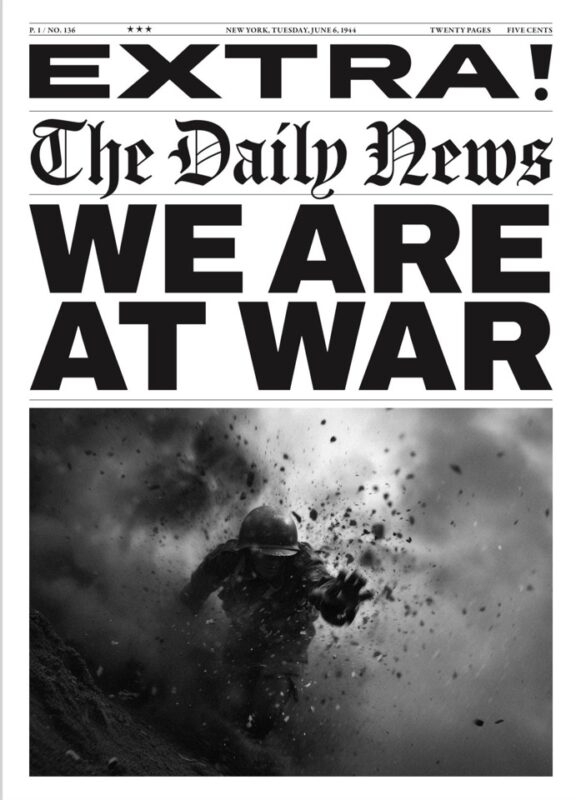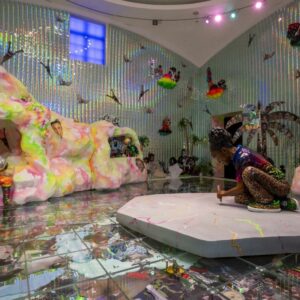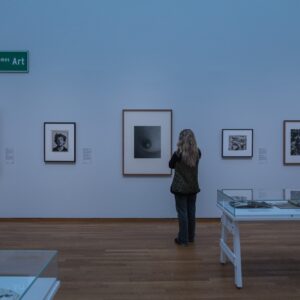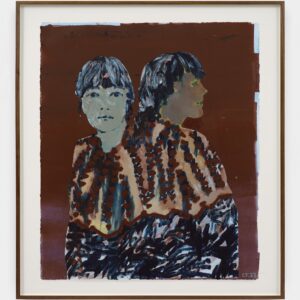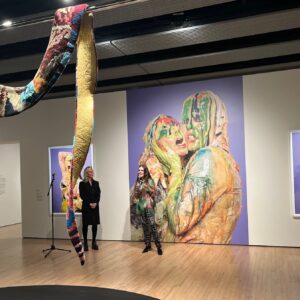
You’ve heard whispers about it, maybe even seen it in action—a painting, a sculpture, a melody, all crafted not solely by human hands but with the partnership of a seemingly omnipotent force: artificial intelligence.
This article will illustrate how AI is a tool and collaborator, reshaping how art is made and fundamentally altering what art could become.
The Fusion of AI and Artistic Endeavors
Imagine you’re walking through a gallery, the walls adorned not just with the past but the future. AI and artists collaborate here, creating works that challenge perceptions and expand your understanding of art.
AI’s role in art is multifaceted. As an AI summarizer, it can digest thousands of artworks, learning styles, techniques, and motifs from centuries of human creativity. It copies, learns, and absorbs the essence of artistic expression and provides these insights to you, the artist, the curator, and the critic.
You use these insights to push boundaries, exploring themes and techniques that may have taken lifetimes to master.
Personalized Art Experiences
Imagine entering an exhibit tailored just for you. The art changes as you move, adapted by AI to suit your mood, your tastes, and even your heartbeat. This technology can now analyze your reactions, learning what evokes joy, sadness, or awe and modifying the experience in real time. It’s intimate, dynamic, and a completely new way of experiencing art.
Thus, each visit to a museum or gallery becomes unique. The art speaks to you personally, telling a different story each time, a narrative shaped by your emotions and life experiences. It’s a dance of interactivity, where you are as much a creator of the experience as an observer.
Bolstering Creative Processes
Consider the artists who stand before a blank canvas, the daunting white space filled with infinite possibilities. AI steps in as a partner, offering suggestions, simulating outcomes, and even helping to mix the perfect palette of colors. It’s like having a mentor who possesses the combined knowledge of every artist who has ever lived.
You might be a sculptor or a digital artist using AI to experiment with forms and materials, some of which are too costly or difficult to manipulate in the real world. AI allows you to prototype in virtual spaces, testing the limits of physics and aesthetics before the final piece is realized.
This liberating form of creation removes barriers and opens up new avenues for expression.
AI in Artistic Education and Preservation
AI creates, preserves, and teaches. Through advanced algorithms, it can restore old paintings, filling in cracks and fading with what might have been originally envisioned by the artist centuries ago.
This is invaluable for art students. It provides a window into the past, restored and vibrant, as if the paint were still wet.
Moreover, AI serves as a tireless educator. It can guide you through techniques, art history, and theory, all tailored to your specific learning style and pace. It democratizes learning, making the world of art accessible to everyone, everywhere, whether they’re in a classroom, at home, or in a remote village with only internet access as their gateway to the world of art.
The Canvas Yet Unseen
As you look towards the horizon, where pixels meet paint and melodies meld with algorithms, consider the possibilities that lie ahead. AI is not here to replace the artist but to empower you, to amplify your creativity, and to help you explore realms of art that were once considered beyond reach.
The brushstrokes of the future will most likely be guided by the unseen hand of artificial intelligence. This makes art limitless, with AI as a tool, a muse, and a collaborator for the future of artistic expression.


